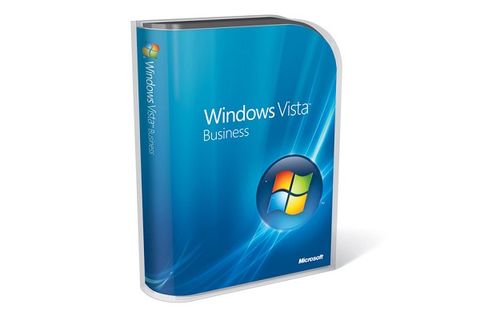The Aero experience
All the versions of Vista you're likely to come across, except Home Basic, will support Aero. This is Microsoft's name for Vista's "next-generation desktop experience", the most obvious sign of which is the Windows Aero theme: this offers transparent windows, dynamic reflections and sophisticated animations. According to Microsoft, this makes it easier to focus on the active window, but we haven't noticed a dramatic increase in our productivity as a result. It looks nicer, though.
Just to confuse things, the "Aero experience" isn't simply the Aero Glass theme - Aero also enables live taskbar previews (so you see a "live" preview of the minimised program when you hover the cursor over the taskbar) and niceties such as Windows Flip and Flip 3D. Flip is the evolution of the old and trusty Alt + Tab, but with live previews instead of the icons in XP. Flip 3D takes things one stage further by stacking the Windows obliquely in a pseudo-3D environment.
Aero uses the new Desktop Composition Engine to render graphics in hardware, rather than the software-based GDI and GDI+ of previous Windows versions. This both reduces the load on the CPU and, in conjunction with the new Windows Display Driver Model (WDDM), makes badly written drivers less likely to take down the entire Windows kernel when they crash.
Some will dismiss the majority of Aero as a purely aesthetic frippery, but disabling the slick visuals could theoretically slow down Vista, dumping the composition load back onto the CPU. If you don't like the transparency effect, you can tweak its opacity or colour over a wide range, or turn it off completely.
For PCs without sufficient 3D clout, you'll be presented with the Vista Basic theme (or the very similar Windows Standard if you buy Vista Home Basic). That does away with the more complex graphics handling and transparency effects, but it still looks more mature than XP's default Luna scheme.
In the longer term, the rewriting of the graphics engine also has some significant ramifications for developers and, in turn, the look of applications they can produce. Being able to utilise the power of graphics hardware via more sophisticated APIs gives interface designers more freedom, and Aero is just scratching the surface.
Another big change is that system text and icons are now vector-based rather than being bitmaps. This makes it much easier to scale the Desktop (and compatible applications) up and down in size, to suit your preferences and the resolution of your screen.

